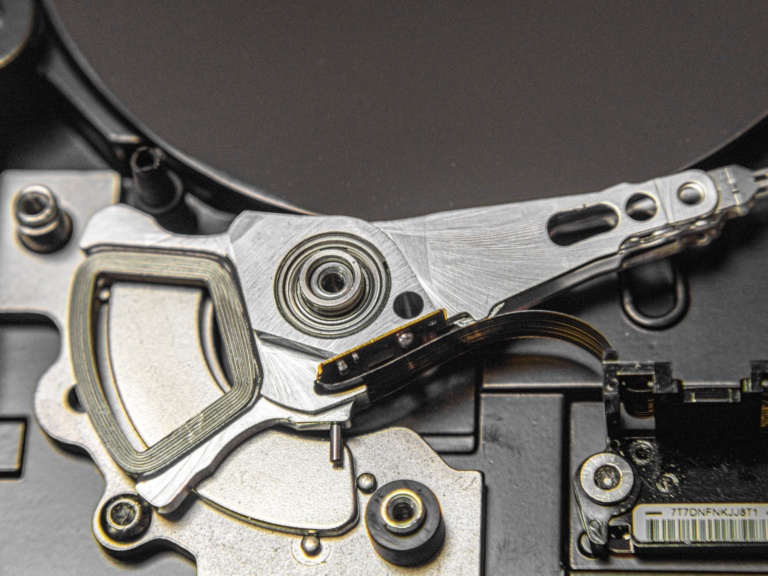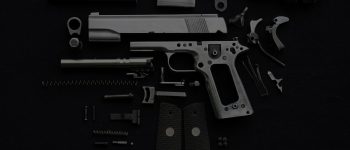Trigger pull - Hammer vs Striker
A word to the wise – Trigger modifications open the gun tech up to liabilities.
Skip Walters

The modern semi-auto pistol comes in two types. They are either hammer or striker fired. Both have their advantages and disadvantages. Trigger tuning is very different, depending upon the type of system.
The striker pistol has a spring loaded firing pin hat must be compressed to its limit by the rearward movement of the trigger before the sear is released. This results in a longer, heavier trigger pull. The striker spring can be made lighter to decrease the pull, but it is possible to reach a point at which cartridge ignition becomes unreliable. The striker must move forward quickly and forcefully enough to detonate the primer. The length of trigger pull will always remain the same. This is a good system for polymer housing guns with steel frames embedded in the plastic. There are fewer parts and precision shooting is not the primary requirement for this type of pistol. They are modestly priced reliable guns, primarily for self defense and military/police use. However, there are other fire control springs which can be upgraded. The trigger bars can also be tuned to improve the trigger. Many companies make spring kits and aftermarket upgrades for striker fired pistols at modest costs and are easily installed.
Hammer fired pistols have a separate spring for the hammer which allows a light trigger in single action mode, without compromising ignition reliability. The hammer spring can remain at full strength (unless double-action modification is the goal) and the trigger spring can be lightened to decrease the pull weight. As with the striker fired pistol, there are spring kits available at a modest cost.
The first and most important part of any trigger work is to ensure ample, precise sear engagement. The edges of all sears should be sharp and the surfaces should be smooth. The smooth surface allows the sears to slide across each other smoothly, eliminating a “gritty” trigger feel. The sharp burr-free edges will make the sears release as quickly as the breaking of a glass rod. Sear engagement reduction can be attempted, but with extreme care, as accidental discharges may be the result! CAUTION! There must be enough sear engagement to ensure the pistol will not fire if dropped accidentally. This can be tested on a hammer gun by cocking the unloaded pistol and striking the pistol with a hard rubber or leather mallet.
The striker fired gun should not have the sear engagement decreased due to the nature of the striker design requiring the trigger pull for complete compression.
A word to the wise – Trigger modifications open the gun tech up to liabilities. Many individuals have been sued in court for trigger work. Be certain of your work, as most judges and juries know little or nothing about guns. If there is any doubt about your work, you will lose.




